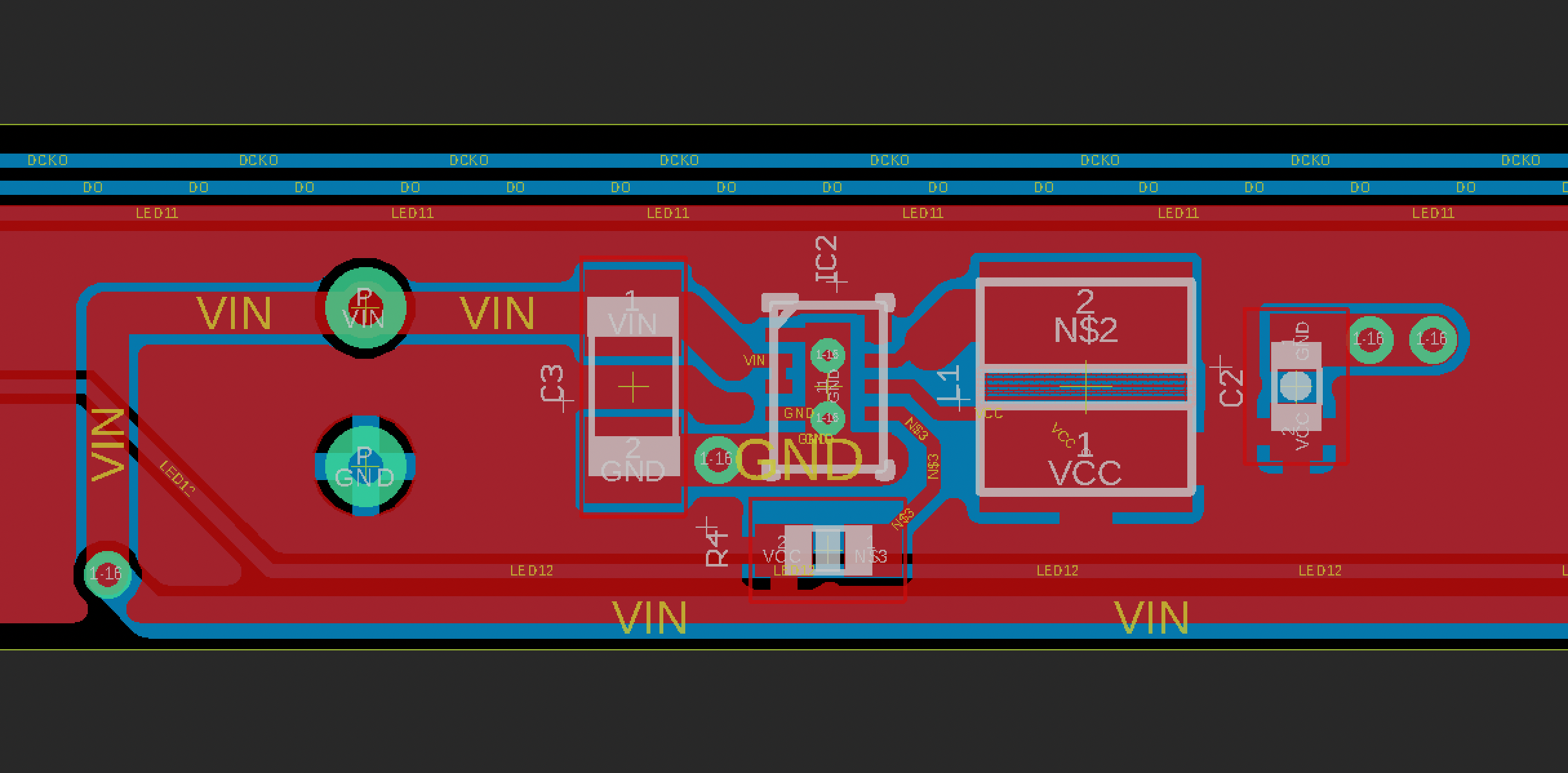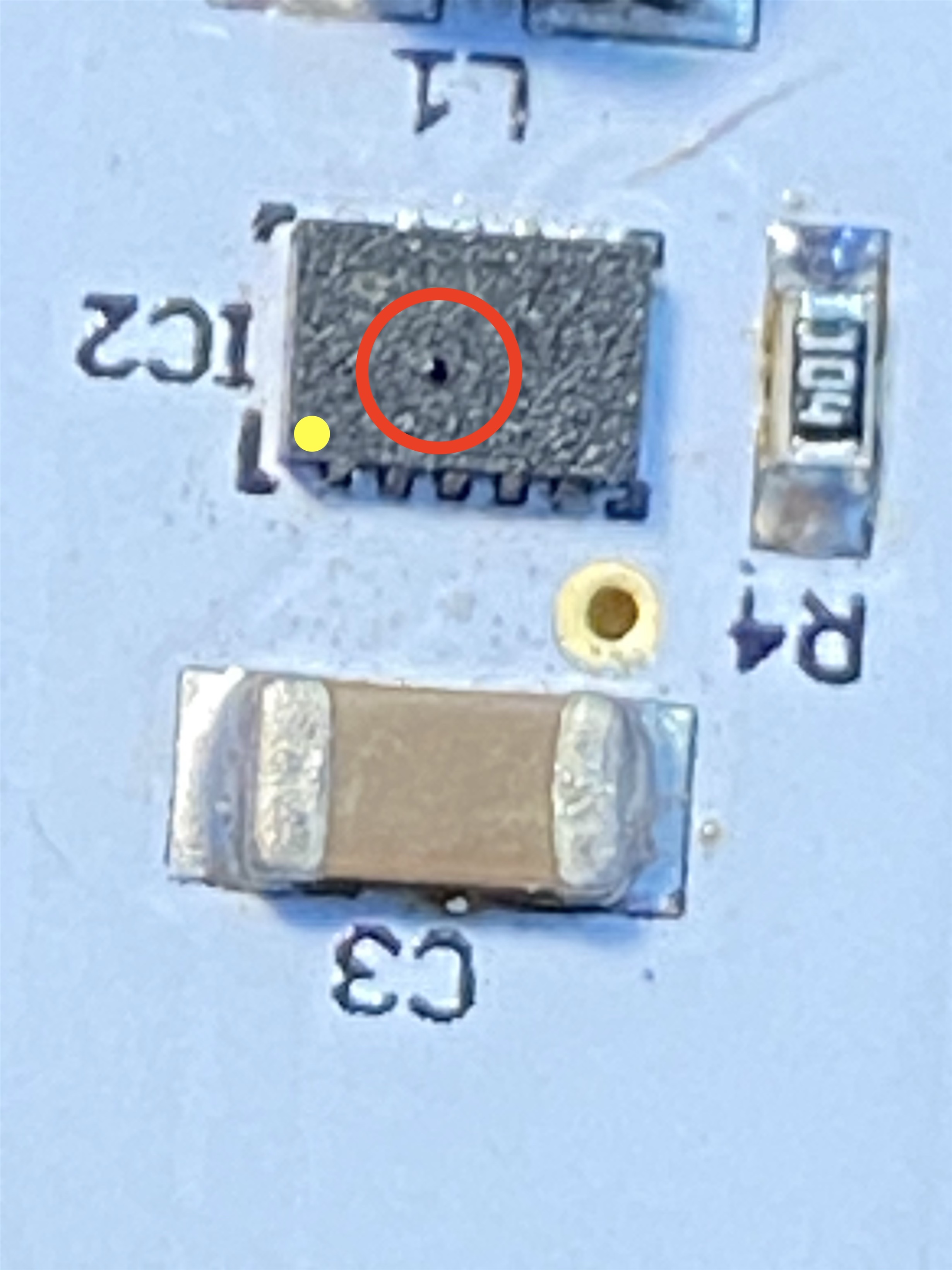I am using the TPS62177 in a design where the input voltage is 24 VDC from a regulated power adapter (meanwell GS220A24). The maximum output current is about 250 mA @ 3.3V. I've used the standard design and component values from the datasheet: 2.2uF/50V input cap, 10uH/1.3A inductor, 22uF/6.3V output cap. In several cases it appears the TPS61277 device has stopped working or even exploded when the 24 VDC input voltage is applied or after some time of being powered on. This is a system consisting of about 200 modules, each containing a TPS62177, all connected to the same 24 VDC power source. I wonder if some side effect of all these buck-converters operating at the same time could cause input voltage ripple that would exceed the 28 VDC max rating? What else could cause this? I have managed to blow a hole in the TPS62177 by connecting a single board to a bench power supply, the only irregularity being that test wires bounced a bit on the terminal.
-
Ask a related question
What is a related question?A related question is a question created from another question. When the related question is created, it will be automatically linked to the original question.




